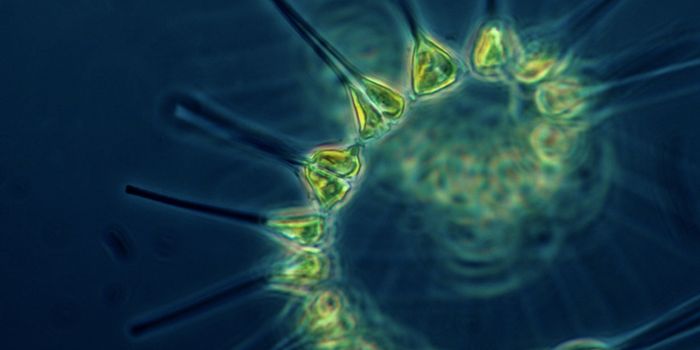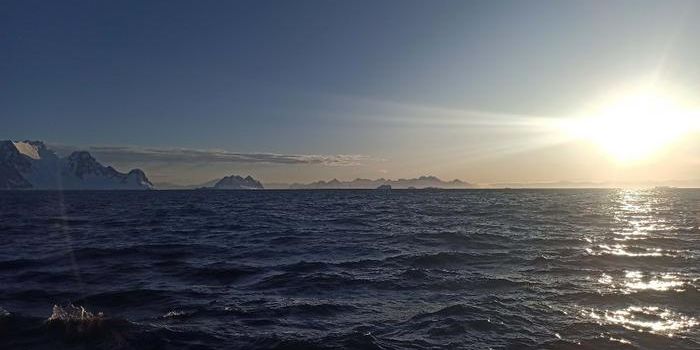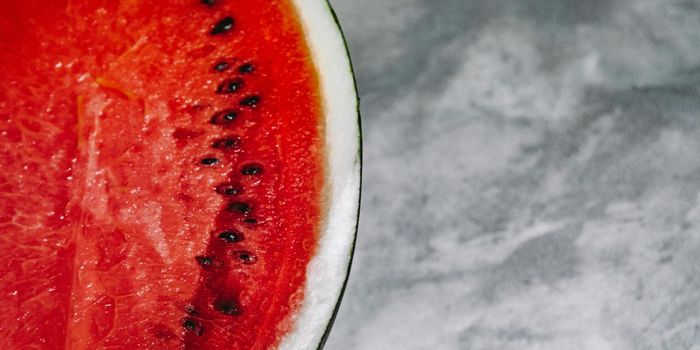Dolphins Use Coral to Treat Skin Conditions
According to a new research study published in iScience, specific species of dolphins can experience skin irritation or different kinds of skin conditions. However, much like humans would go to a doctor for treatment, the Indo-Pacific bottlenose dolphin also has a source they go to for treatment: coral reefs.
Specifically, researchers noted that dolphins engaged in a strange behavior: rubbing themselves against coral reefs. Unsure of the purpose behind this behavior, researchers were able to get up close and personal with a specific group of these dolphins in the Egyptian Northern Red Sea. Doing so allowed the team to both understand why dolphins rubbed against coral and, just as interestingly, why dolphins only rubbed against certain coral.
Observing the behaviors, researchers noticed that the coral’s that were rubbed on by the dolphins released a type of mucus. So, researchers collected samples of the coral for testing. They were able to analyze three specific species of coral using a range of techniques (e.g., mass spectrometry) and found that the coral exhibited a range of properties, including antibacterial activity.
The presence of these beneficial properties in the coral led researchers to believe that they served some kind of medicinal purpose for dolphins, including the treatment of skin conditions and infections. Researchers hope to continue studying dolphins and further identify other corals they may be using to treat ailments.
All of this further underscores the delicate connection between animals and the environments in which they live. Coral reefs, in particular, are vital ecosystems for many types of marine organisms. It’s estimated that at least a third of marine organisms depend on or interact with coral reefs in some important way.
However, climate change is wreaking havoc on these ecosystems, destabilizing them and making them inhabitable for numerous species. The Great Barrier Reef, the most popular coral reef in the world, has experienced several coral bleaching events that impact the health of coral and the ecosystems overall.
Sources: Science Daily; iScience








